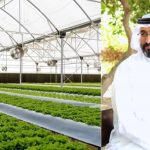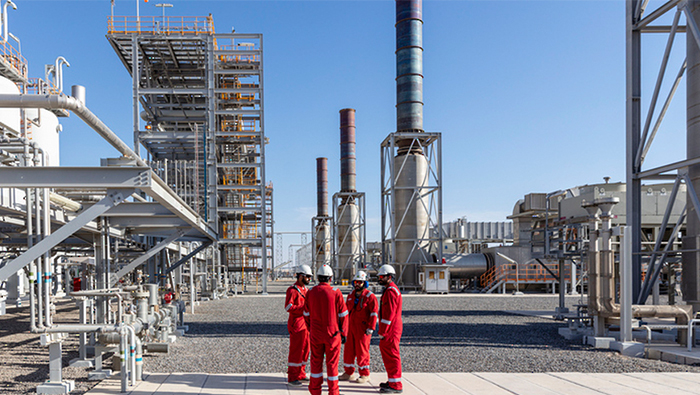In July 2024, the Sultanate of Oman saw a significant increase in the production of gasoline, with a 25% rise compared to the previous month. This data was released by the National Centre for Statistics and Information (NCSI). However, despite this increase, the total production of refineries and petroleum fell by 2.4% compared to the same period in 2023.
The production of regular gasoline (M-91) saw a decrease of 9.6% to 8,685,700 barrels, with domestic sales also falling by 3% to 8,045,600 barrels by the end of July 2024. On the other hand, the production of premium gasoline (M-95) rose by 8.3% to 7,803,800 barrels, with domestic sales also increasing by 9.9% to 7,595,300 barrels during the same period.
Diesel fuel (gas oil) production decreased by 5.2% to reach 18,831,300 barrels, with domestic sales reaching 8,059,000 barrels. Aviation fuel oil production also fell by 1%, reaching 6,790,500 barrels, with domestic sales amounting to 2,364,600 barrels. In contrast, the production of Liquefied Petroleum Gas (LPG) rose by 5.3% to 5,173,800 barrels, with domestic sales also increasing by 11.5% to 5,821,200 barrels.
When it comes to petrochemicals, the production of benzene increased by 6.8% to 99,900 MT, while the production of paraxylene reached 325,600 MT, representing a 6.6% increase. However, the production of polypropylene faced a significant decrease of 21.8%, amounting to 122,700 MT by the end of July 2024.
Exports of gasoline (M-91) saw a 16% increase to reach 1,415,400 barrels, while exports of premium gasoline (M-95) rose by 119.8% to 912,700 barrels. The exports of diesel fuel (gas oil) reached 10,502,700 barrels, with exports of aviation fuel oil reaching 4,405,500 barrels. Additionally, the exports of Liquefied Petroleum Gas (LPG) reached 290,800 barrels. The exports of paraxylene reached 311,000 MT, while the exports of benzene and polypropylene reached 97,700 MT and 93,700 MT, respectively, by the end of July 2024.
Overall, while there were fluctuations in the production and exports of various petroleum products and petrochemicals in Oman in July 2024, the sector continued to show resilience and adaptability. The increase in gasoline production, particularly premium gasoline, demonstrates the country’s commitment to meeting domestic demand and increasing exports. The decrease in the production of polypropylene presents a challenge that may need to be addressed in the future. Despite these fluctuations, Oman’s petroleum sector remains an essential component of its economy and plays a significant role in the global energy market.
In conclusion, the Sultanate of Oman’s petroleum industry continues to navigate through challenges and opportunities, highlighting the importance of monitoring and analyzing production and export data to make informed decisions. With a focus on sustainability and growth, Oman’s petroleum sector is poised to meet the evolving demands of the market and contribute to the country’s economic development.











